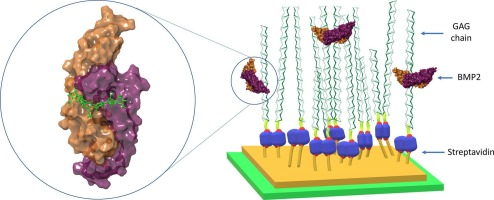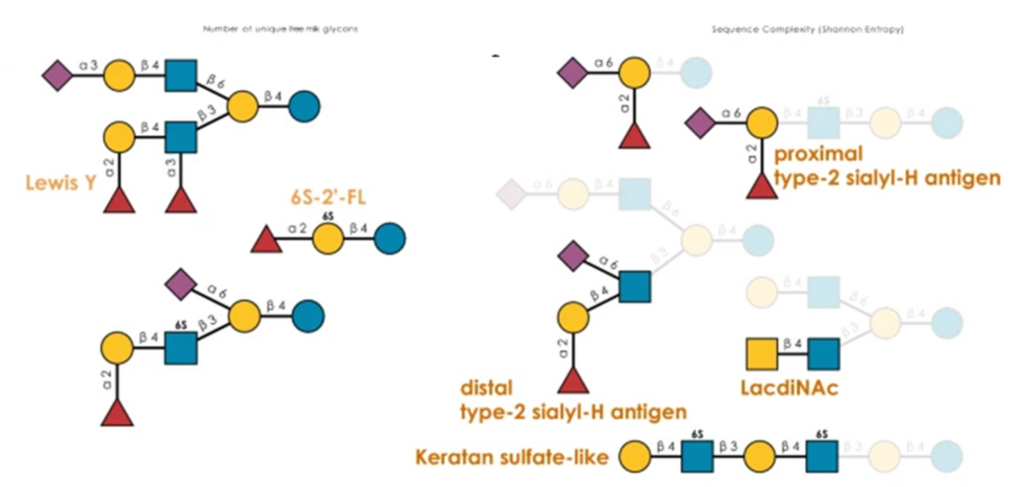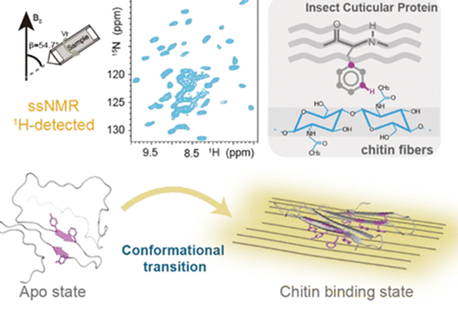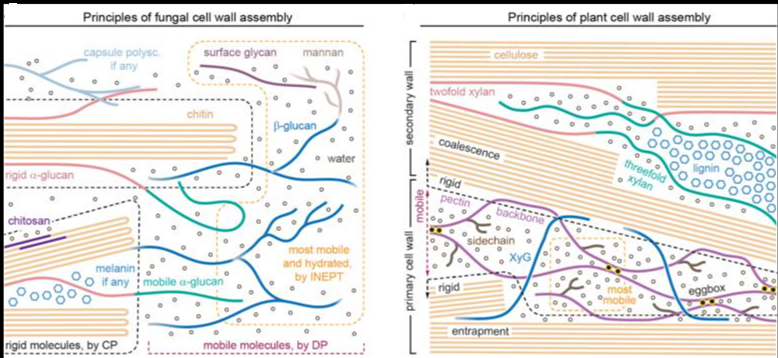The role of glycosaminoglycans (GAGs) in modulating bone morphogenetic protein (BMP) signaling is a relatively emerging and under-explored area. Conflicting reports suggest a dual effect: some suggest a positive influence, while others show a negative effect. This duality suggests that the localization of GAGs (either on the cell surface, in the surface, or within the extracellular matrix) or the specific type of GAG may dictate their signaling role. The precise sulfation patterns of heparan sulphate (HS) responsible for BMP2 binding remain elusive. BMP2 shows a preference for binding to HS over other GAGs.
Using well-characterized biomaterials that mimic the extracellular matrix, the present article shows that HS promotes BMP2 signaling in the extracellular space, unlike chondroitin sulphate (CS), which enhances BMP2 bioactivity at the cell surface. Further observations suggest that a central IdoA (2S)-GlcNS (6S) tri-sulfated motif within HS hexasaccharides enhances binding. Nevertheless, BMP2 is adaptable to different HS sulfation types and sequences. Molecular dynamics simulations attribute this adaptability to the flexibility of the BMP2 N-terminus. these results illustrate the complex interplay between GAGs and BMP signaling, highlighting the importance of localization and specific sulfation patterns.
This understanding has profound implications for the development of biomaterials with tailored properties for therapeutic applications. This research paves the way for the design of biomaterials that can precisely modulate BMP signaling, opening up new possibilities in the field of regenerative medicine.





